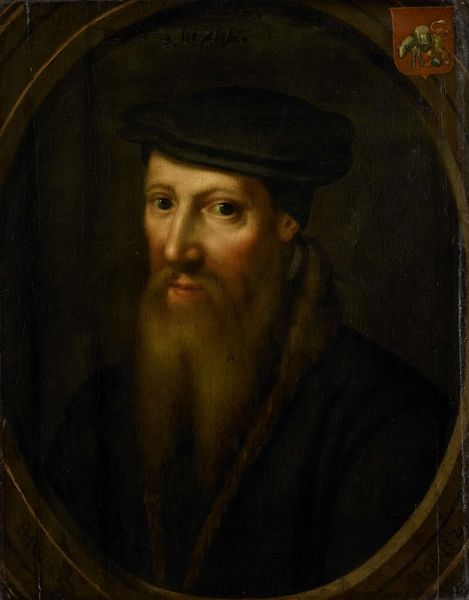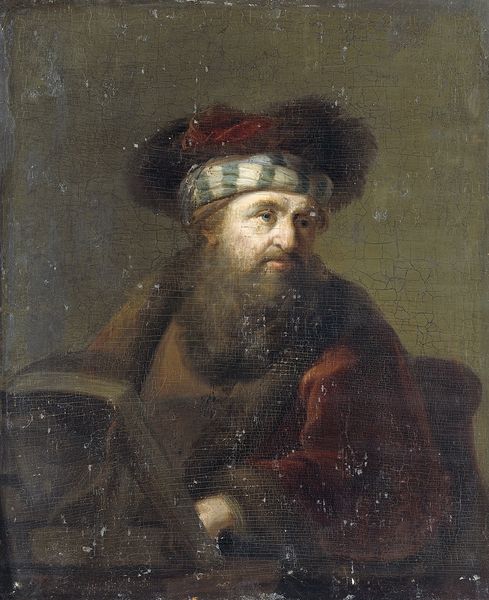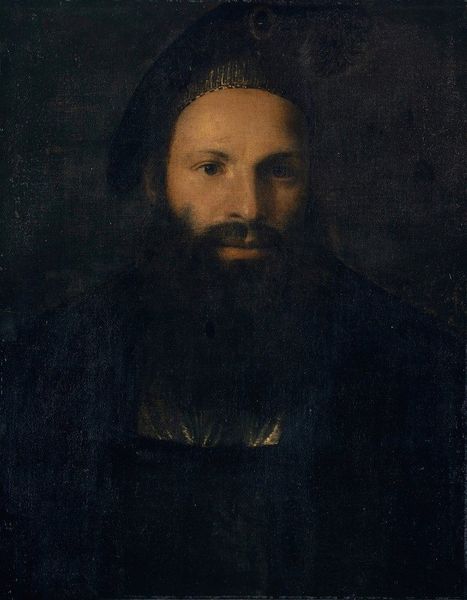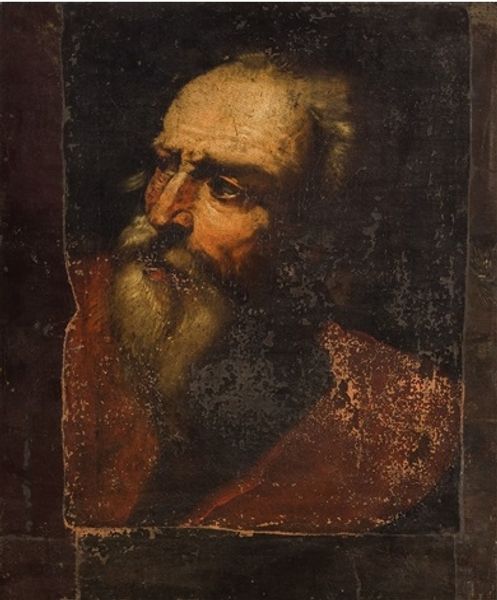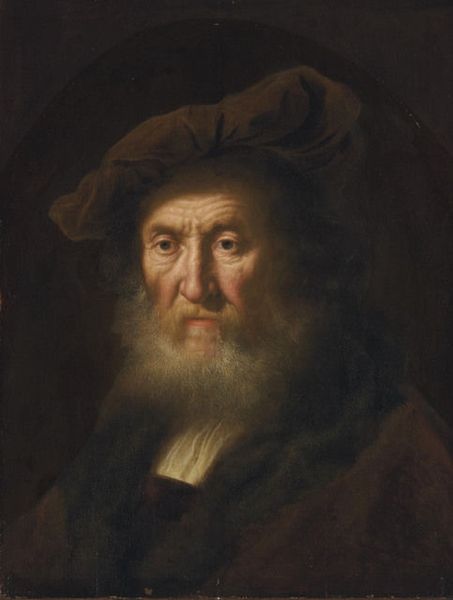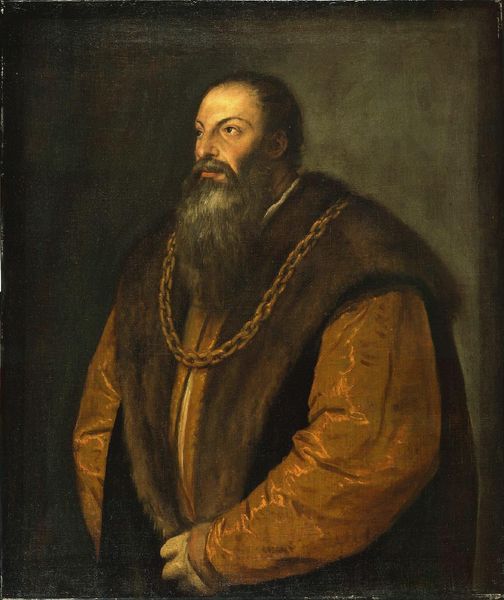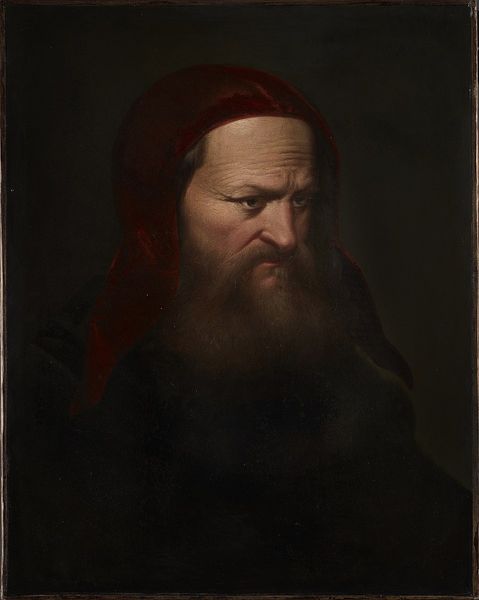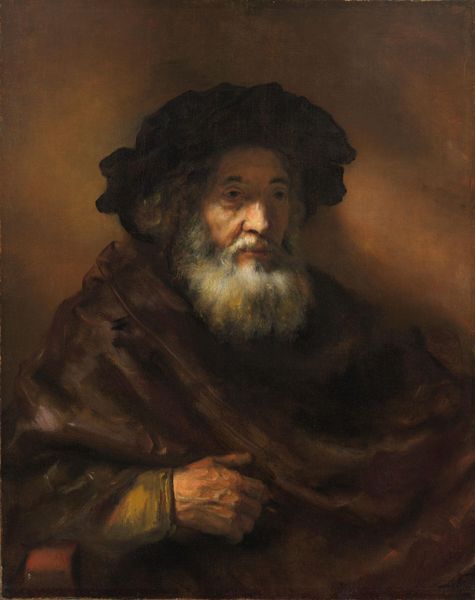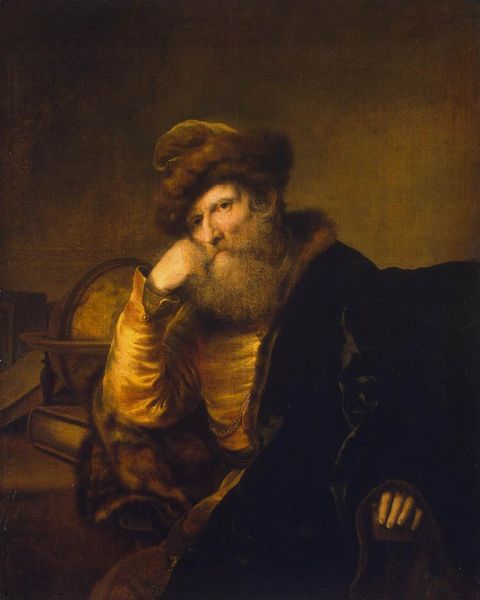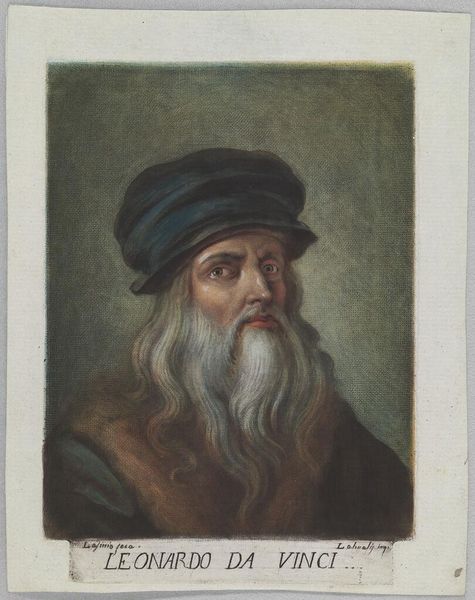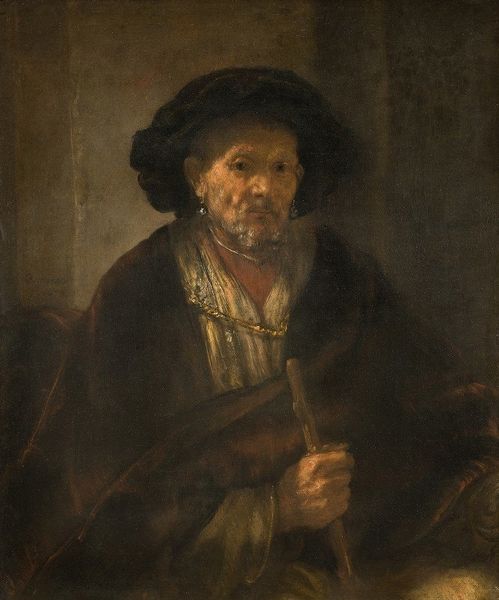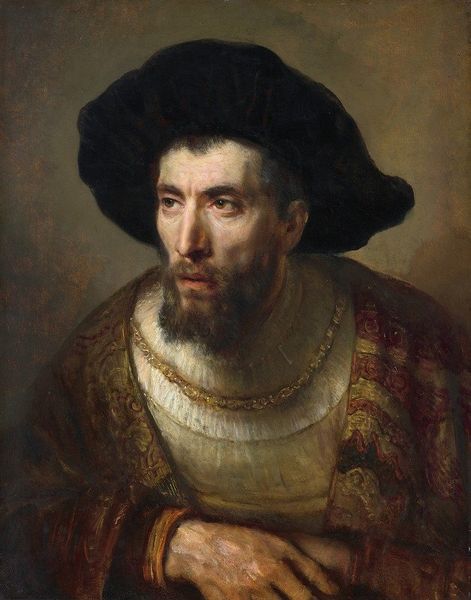
oil-paint
#
portrait
#
self-portrait
#
baroque
#
dutch-golden-age
#
oil-paint
#
chiaroscuro
#
history-painting
Copyright: Public domain
Curator: Looking at this painting, I feel an overwhelming sense of solitude. There's such stark contrast in the use of light and shadow. Editor: You’re right, the play of light is indeed remarkable. We're viewing "Portrait of a Bearded Man," created around 1661 by Rembrandt van Rijn. Oil on canvas. Note the context in which Rembrandt was working; The Dutch Golden Age where artistic patronage and commodity exchange propelled artistic production and stylistic choices in new directions. Curator: So, knowing Rembrandt and his story, does it resonate differently? I sense melancholy in his gaze, a depth hinting at hardship... I find myself projecting emotions. Editor: Well, the face invites us to that space, no doubt. But if we focus more closely on the material details: see how Rembrandt layered the paint to construct the forms, especially notice the fabric, we might understand Rembrandt’s skill in mimicking texture or the use of costuming to elevate the status of his subject. Curator: You make an interesting point, examining material instead of just feeling. Yet, to look solely at his materials feels so…incomplete. What about Rembrandt's own experience of aging, his personal losses, his evolving understanding of humanity... his emotions? Editor: I'm not trying to ignore his personal life, rather suggesting we see the artwork AS material history, a representation of skill and consumption of materials. Each element of paint required sourcing, production, value…The dark backdrop pushes forward both his skills and potentially access to high quality charcoal. Curator: Yes, I grant that all played their part. Yet look at the rendering of the skin tones! That subtle marbling speaks of an intense study of life, which you cannot get simply from an inventory of available supplies or processes. Editor: An artist's touch can change our reading of raw materials, to make materials their own. Curator: In this instance, touch seems like an invitation for dialogue, as in touch my face, listen to my story. But I understand, it’s good to keep asking about how this work came into being—both tangibly, and existentially. Editor: Agreed, and with this newfound understanding we’ll consider it with ever newer sets of questions.
Comments
No comments
Be the first to comment and join the conversation on the ultimate creative platform.
